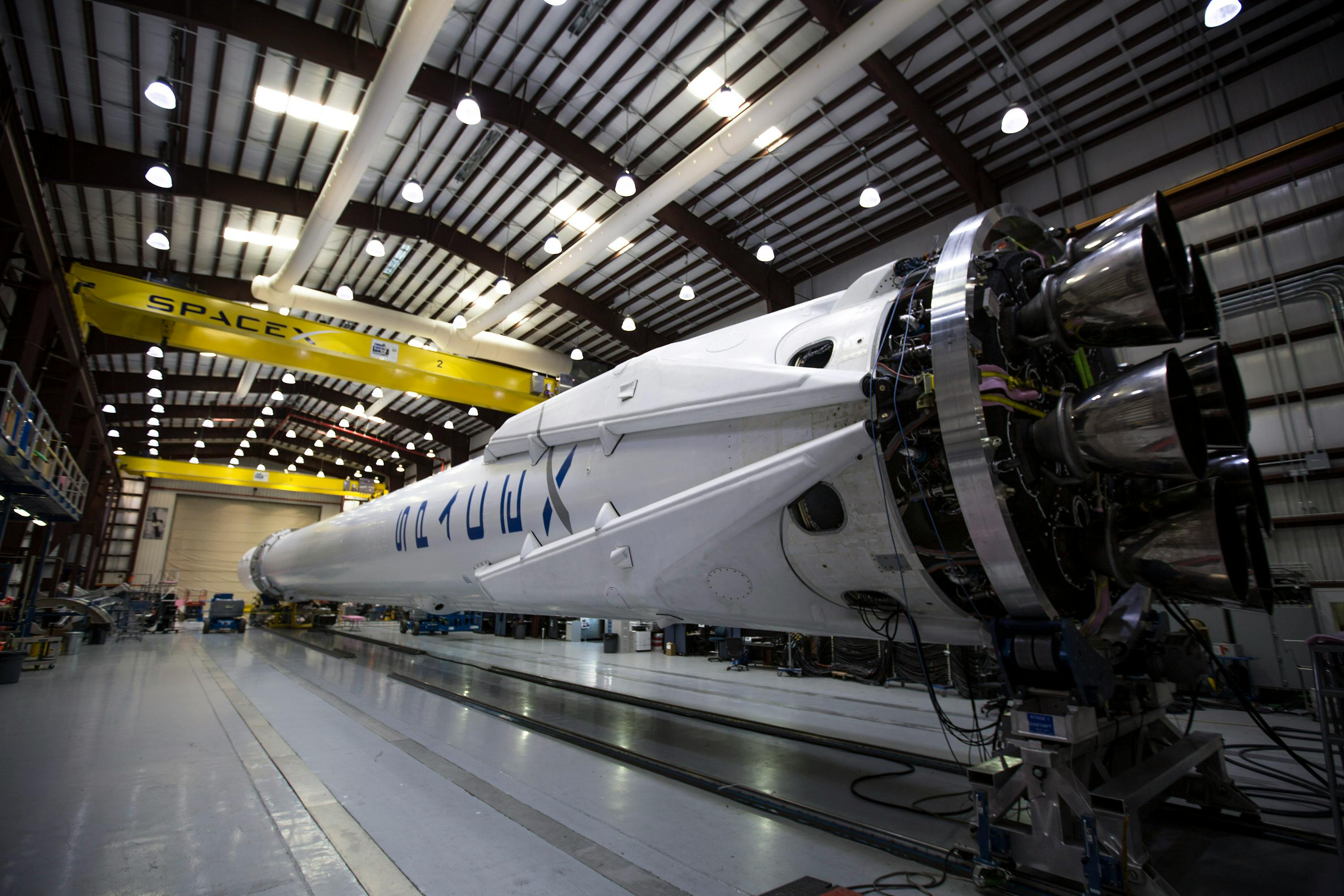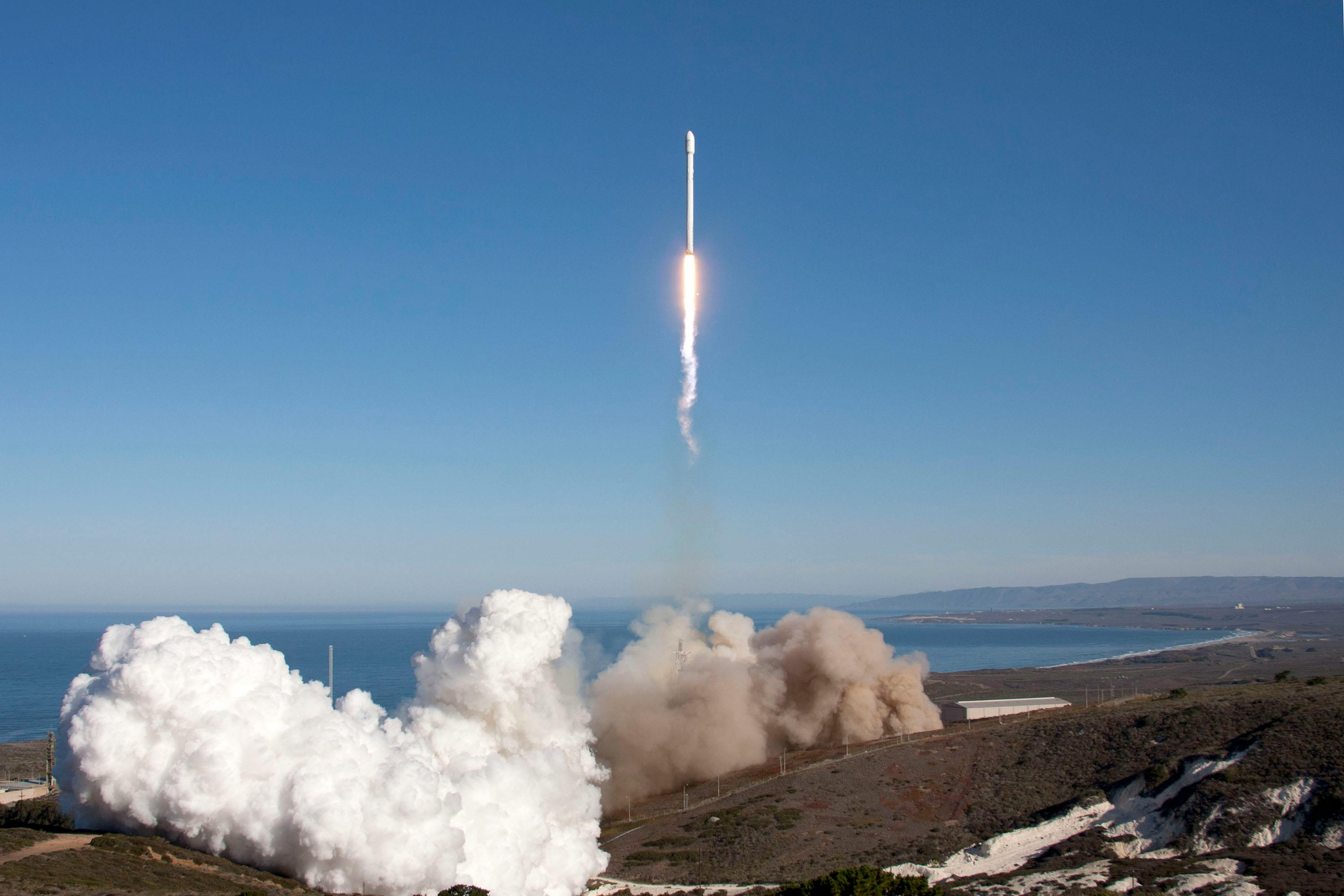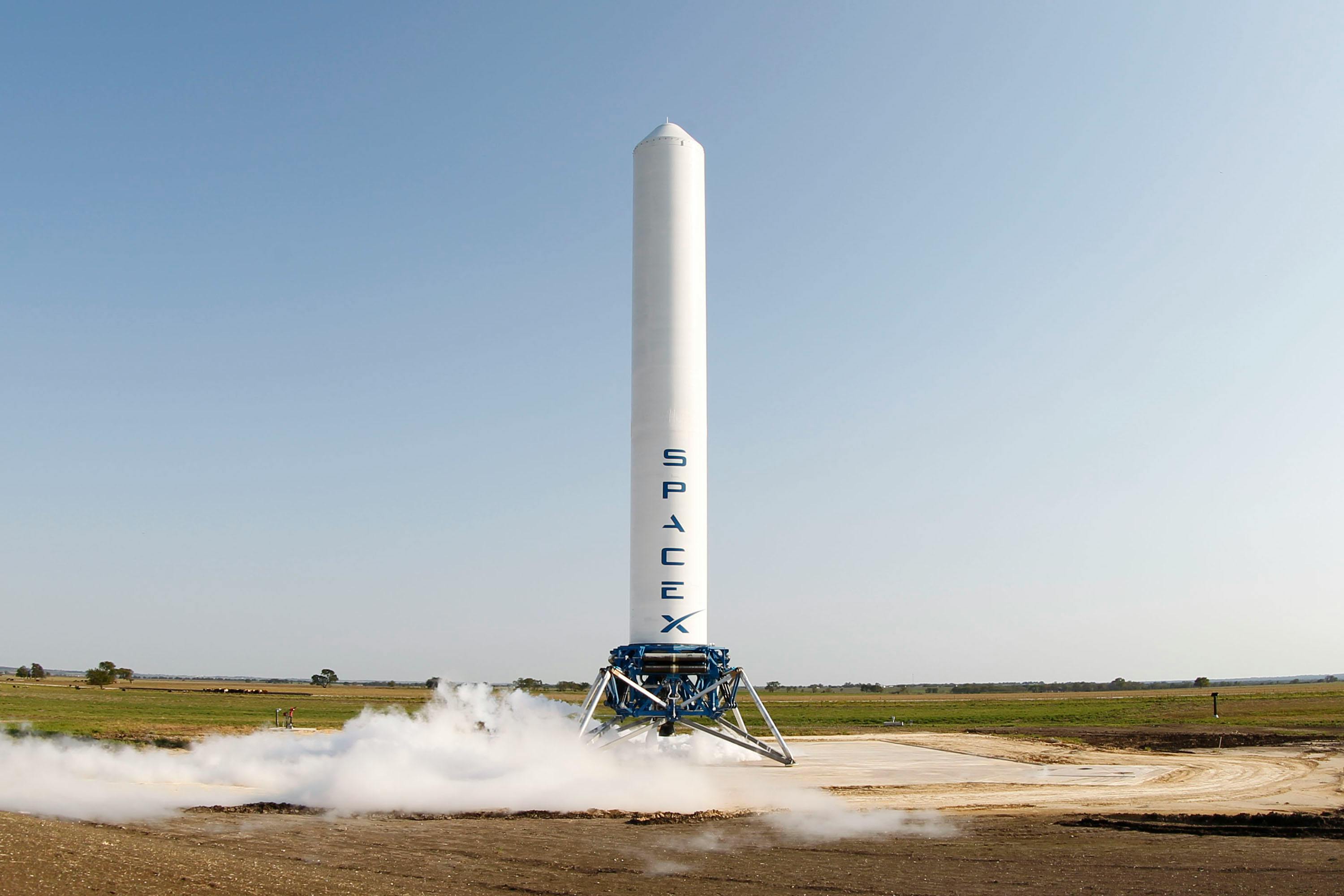· space brief · 6 min read
Space Brief 27 Jun 2025
Today's Space Brief covers potential changes in the procurement strategies for the Space Force, developments in missile detection technology, and budgetary impacts on space programs.

📄Top Stories
Today’s briefing highlights a series of strategic evaluations by the Pentagon that could see shifts in procurement for the Space Development Agency’s satellite programs. Meanwhile, Lockheed Martin has achieved a significant milestone in missile detection systems, enhancing the defense capabilities of U.S. airspace. Additionally, notable budgetary announcements may impact future space force operations.
📰Detailed Coverage
Pentagon Explores Alternatives to SpaceX for Satellite Program
The Pentagon is considering alternatives to SpaceX for its third tranche of the Space Development Agency’s Transport Layer program, impacting the procurement of up to 140 satellites. The decision follows a strategic review aimed at diversifying procurements and enhancing national defense capabilities through varied suppliers.
This exploration of alternatives to SpaceX indicates the complexity of maintaining satellite systems that are critical to national security and underscores the importance of a flexible, multi-source supply chain. Satellite tracking enthusiasts might find discussions on the Transport Layer’s role intriguing, especially given our app’s features that cover detailed satellite tracking.
Read the full story: SpaceNews
U.S. Advances in Missile Threat Detection with Long Range Radar Test
In a pivotal step for homeland security, a new radar system passed a significant test by detecting and discriminating a live ballistic missile during Flight Test Other-26a. This Long Range Discrimination Radar (LRDR), spearheaded by Lockheed Martin, promises enhanced capabilities in monitoring and mitigating missile threats.
The LRDR’s success is a leap forward in radar technology, providing the U.S. with advanced tools to identify and track missile threats accurately. Such technological advancements are crucial for maintaining the safety of national airspace and might also influence how satellite tracking is integrated into broader defense strategies.
Read the full story: SpaceDaily
Space Force Studies LEO Strategy Amidst Potential SpaceX Collaboration
The Space Force is reassessing its low Earth orbit (LEO) satellite strategy, with discussions underway about hiring SpaceX for future data relay projects. This review has temporarily paused contracts for the next-generation Tranche 3 satellite fleet, expected to revolutionize the service’s orbital communications.
This strategic pause suggests a broader shift towards leveraging commercial partnerships to enhance satellite capabilities, ensuring that the Space Force’s assets remain cutting edge. Satellite tracking enthusiasts will likely find the potential collaboration with SpaceX an interesting development, given the company’s history of innovation in commercial spaceflight.
Read the full story: BreakingDefense
Trump’s Budget Plan Calls for Increased Space Force Funding
Former President Trump’s proposed budget aims to allocate nearly $40 billion to the Space Force, potentially setting the stage for significant growth in space defense capabilities. The proposal, dubbed as ‘One Big, Beautiful Bill,’ focuses on enhancing the military’s infrastructure and operational capacity in space.
This ambitious budget plan underscores the ongoing prioritization of space assets in U.S. defense policy, reflecting the strategic importance of space operations. If passed, the funding could lead to substantial advancements in space technology and infrastructure, marking a new era for the Space Force.
Read the full story: SpaceNews
Pentagon’s Budget Proposal for FY 2026 Unveiled
The Pentagon has officially disclosed its $961.6 billion budget proposal for 2026, revealing new details about its strategic priorities. The budget reflects a focus on modernizing existing military programs while navigating challenges posed by changing global dynamics and technological evolution.
This comprehensive budget outlines allocations for critical defense initiatives, potentially influencing the development timelines of various space and defense projects. The proposal suggests an era of transformation within the military, further cementing space as a strategic domain for national security.
Read the full story: BreakingDefense
🛰️Satellite Spotlight
- Satellite Name: COSMOS 1561
- NORAD ID: 15000
- Launch Date: May 28, 1984
- Mission: Military Communication
- Orbit: Low Earth Orbit (LEO)
- Operator: GUKOS
- Fun Fact: COSMOS 1561 was part of the Strela series, specifically designed for military communication, showcasing the Soviet Union’s advancements in satellite technology during the Cold War.
Track this satellite in real-time on our web app: Track COSMOS 1561
🌌Space Weather
Current space weather shows Enhanced solar wind (714 km/s).
Current
R0 - S0 - G0
Last 24 Hour Maximums
R0 - S0 - G0
Recent Alerts
- Extended Warning: Geomagnetic K-index of 4 expected, with potential impacts including weak power grid fluctuations and auroras visible at high latitudes (Canada and Alaska).
- Alert: Geomagnetic K-index of 5 reached, with impacts including minor satellite operations disturbances and aurora visibility in northern U.S. (e.g., Michigan, Maine).
- Warning: Geomagnetic K-index of 6 expected, with potential for power grid fluctuations and auroras as low as New York to Wisconsin to Washington state.
Next 24 Hours
-
Radio Blackouts Probability
- Minor: 25
- Major: 5
- Risk: None
-
Solar Radiation
- Probability: 5
- Risk: None
-
Geomagnetic Storming
- Scale: 0
- Impact: None
- Activity: Low
-
Impact Summary
- No risk of radio blackouts.
- No risk of solar radiation storms.
- G1-G2 (Minor-Moderate) geomagnetic storming expected due to persistent negative polarity coronal hole high-speed stream effects.
- Isolated M-class flare activity may lead to R1-R2 (Minor-Moderate) radio blackouts persisting through June 29.
Long Term Forecast
- Forecast of Solar and Geomagnetic Activity (June 23 - July 19, 2025):
- Solar activity is expected to remain low to moderate with chances for R1-R2 (Minor-Moderate) radio blackouts and a slight chance for R3 (Strong) events through July 18.
- No proton events expected at geosynchronous orbit.
- High levels of electron flux at geosynchronous orbit likely from June 26-28, with normal to moderate levels overall.
- Geomagnetic activity expected to reach G1 (Minor) storm levels on June 25-26, and active levels on June 24 and 27, with recurring influences from coronal hole high-speed streams. Quiet conditions anticipated for the remainder of the period.
Upcoming Space Launches
June 28
-
SpaceX Falcon 9 Block 5:
- Starlink Group 10-34 from Cape Canaveral Space Force Station (04:26 UTC) A batch of 27 satellites for the Starlink mega-constellation, part of SpaceX’s project for space-based Internet communication.
-
Rocket Lab Electron:
- Symphony In The Stars from Rocket Lab Launch Complex 1, Mahia Peninsula, New Zealand (06:45 UTC) ‘Symphony In The Stars’ is the first of two dedicated missions to deploy a single spacecraft to a 650km circular Earth orbit for a confidential commercial customer.
-
Japan Aerospace Exploration Agency H-IIA 202:
- GOSAT-GW from Tanegashima Space Center, Japan (16:33 UTC) GOSAT-GW is JAXA’s satellite to monitor greenhouse gases and the water cycle, contributing to climate change research.
-
SpaceX Falcon 9 Block 5:
- Starlink Group 15-7 from Vandenberg Space Force Base (16:43 UTC) A batch of satellites for the Starlink mega-constellation, a project for space-based Internet communication.
June 29
- Blue Origin New Shepard:
- NS-33 from Corn Ranch, Van Horn, Texas, USA (12:00 UTC) This mission marks the 13th crewed flight for the New Shepard program and the 33rd in its history.
June 30
-
China Aerospace Science and Technology Corporation Long March 12:
- SatNet LEO Group TBD from Wenchang Space Launch Site, People’s Republic of China (00:00 UTC) A batch of Low Earth Orbit communication satellites for the Chinese SatNet constellation, which will eventually contain 13,000 satellites.
-
China Aerospace Science and Technology Corporation Long March 8:
- G60 Group TBD from Wenchang Space Launch Site, People’s Republic of China (00:00 UTC) Low Earth Orbit communication satellites for the G60 constellation, which plans to initially consist of 1,296 satellites.
July 1
-
SpaceX Falcon 9 Block 5:
- Starlink Group 10-25 from Kennedy Space Center (05:52 UTC) A batch of satellites for the Starlink mega-constellation, part of SpaceX’s project for space-based Internet communication.
-
SpaceX Falcon 9 Block 5:
- MTG-S1 from Cape Canaveral Space Force Station (21:03 UTC) This mission carries the second of EUMETSAT’s third generation of weather satellites.
Note: Launch dates and times are subject to change due to technical or weather considerations.

Maurice Stellarski




